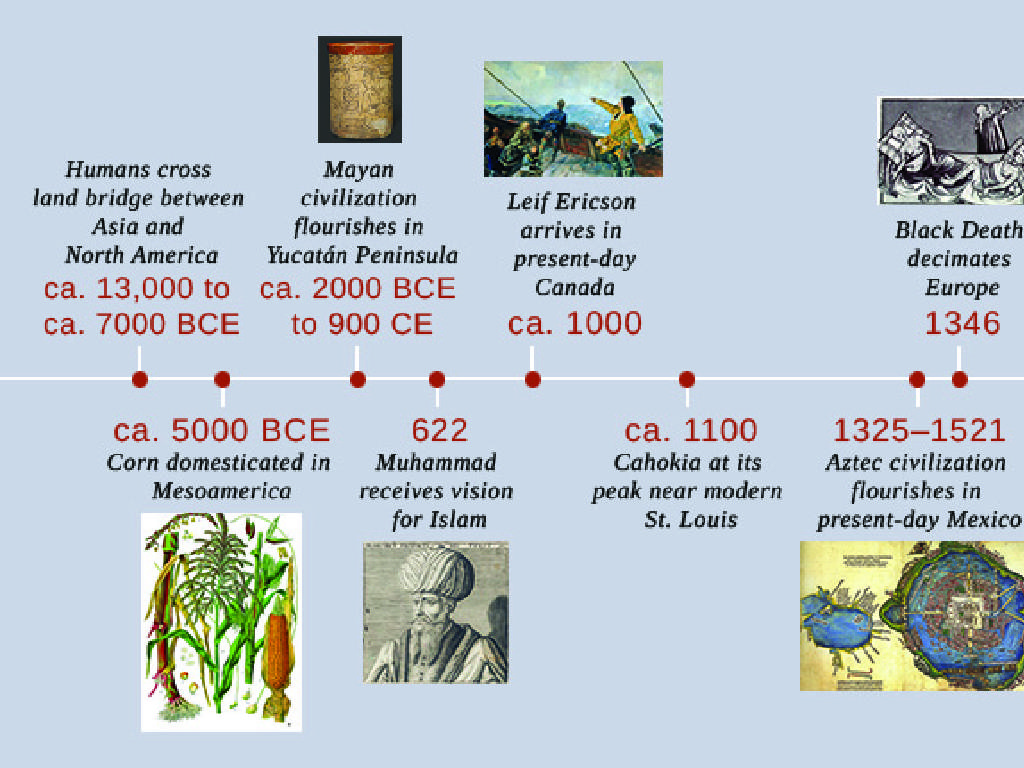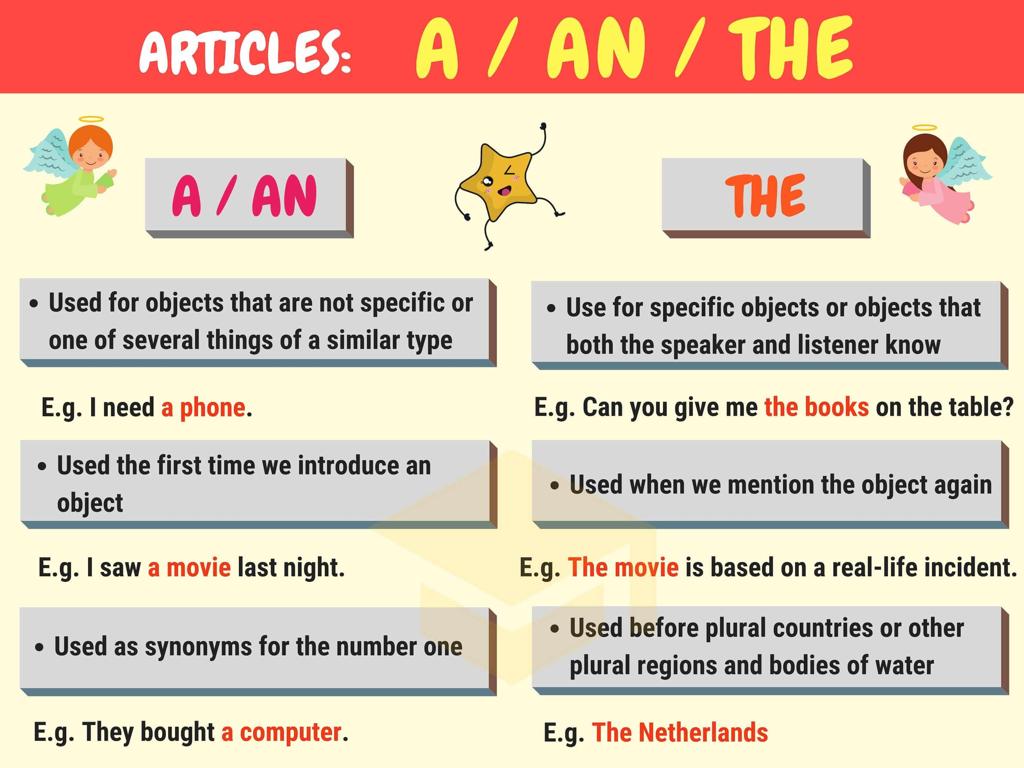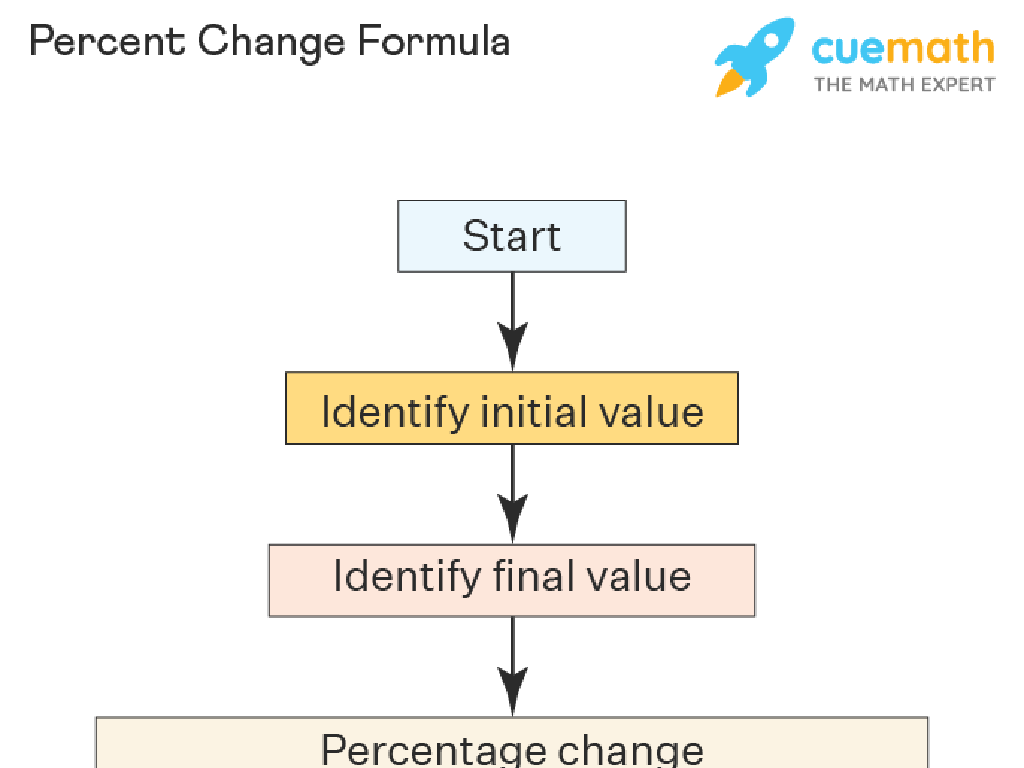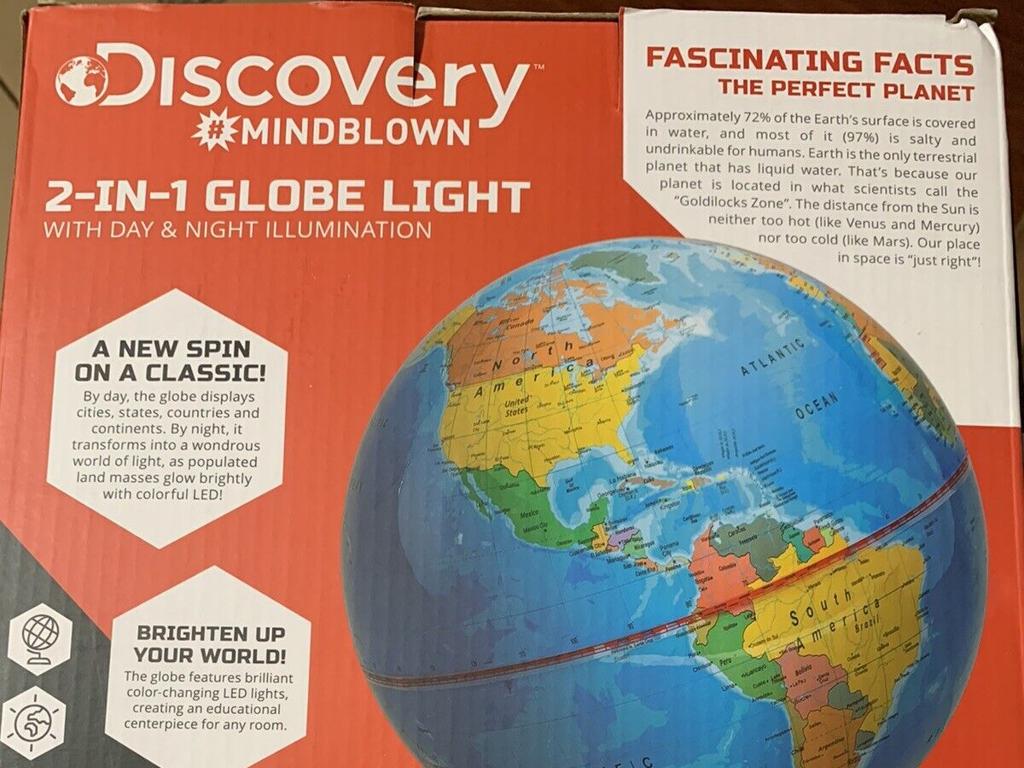Identify State Capitals Of The Northeast
Subject: Social studies
Grade: Third grade
Topic: State Capitals
Please LOG IN to download the presentation. Access is available to registered users only.
View More Content
Exploring Northeast State Capitals
– What is a state capital?
It’s the city where the government is based.
– Importance of state capitals
They are centers for lawmaking and history.
– States of the Northeast
We’ll learn capitals for states like Maine and New York.
– Fun facts about each capital
Did you know Harrisburg has a huge museum?
|
This slide introduces the concept of state capitals, focusing on the Northeast region of the United States. Begin by explaining that a state capital is where the state government is located, including the governor’s office and the state legislature. Emphasize the importance of state capitals as hubs of political activity and historical significance. Provide a map or list of the Northeast states to give students a geographical context. Highlight fun and interesting facts about each capital to pique students’ interest. For example, mention that Montpelier is the smallest state capital by population or that Albany is known for its rich history and architecture. This will set the stage for more in-depth learning about each state and its capital.
Exploring State Capitals in the Northeast
– What is a state capital?
– It’s the city where the state government is based.
– Role in state government
– It’s where the governor works and laws are made.
– Examples from various regions
– Austin in Texas, Sacramento in California
– Focus on Northeast capitals
– Such as Albany in New York, Boston in Massachusetts
|
This slide introduces the concept of state capitals to third-grade students, explaining that a state capital is the city where the heart of a state’s government is located. It’s important for students to understand that the state capital is where the governor’s office is situated and where the state legislature meets to create state laws. Provide examples of state capitals from different regions to give a broader perspective before honing in on the capitals of the Northeast. Encourage students to think about what makes these cities important and how they might differ from other cities in their state. As an activity, students could draw a map and mark the capitals or create a chart comparing the capitals.
Exploring the Northeast Region
– Discover the Northeast region
– It’s known for its rich history and beautiful seasons.
– Learn the states in the Northeast
– Maine, New Hampshire, Vermont, Massachusetts, Rhode Island, Connecticut, New York, New Jersey, Pennsylvania.
– Fun fact about the Northeast
– Did you know? The Northeast is home to the smallest U.S. state, Rhode Island!
|
This slide introduces students to the Northeast region of the United States, which is known for its historical significance and distinct seasonal changes. The content covers the nine states that make up the region. A fun fact is included to spark students’ interest: Rhode Island, despite being the smallest state in the country, is part of this region. Encourage students to think about what makes their region unique and to share any personal experiences they have with the Northeast. This will help them connect personally with the material and remember the state capitals more easily.
Exploring State Capitals: The Northeast
– Spotting capitals on a map
– Look for the star or dot labeled with the city’s name.
– Memory tricks for capitals
– Create rhymes or associate words to help remember.
– Maine’s capital interactive quest
– Let’s locate Augusta on the map together!
|
This slide is aimed at helping third-grade students identify state capitals on a map, with a focus on the Northeast region of the United States. Begin by showing students how to recognize a state capital on a map, usually indicated by a star or a special symbol. Discuss and provide examples of mnemonic devices to aid in memorizing the capitals. For the interactive activity, use an enlarged map of Maine and guide the students to find Augusta, the state capital. Encourage participation by asking questions and providing hints if needed. This activity will help reinforce their map-reading skills and their ability to associate state names with their capitals.
State Capitals of the Northeast
– Explore Northeast state capitals
– Capitals like Boston, Albany, and Providence
– Learn fun facts about each capital
– Did you know Harrisburg has a huge capitol building?
– Locate capitals on the Northeast map
– We’ll use a map to find each capital city
– Understand the role of a capital
|
This slide is aimed at helping third-grade students identify and learn about the state capitals in the Northeast region of the United States. Start by showing images of each capital city to make them more recognizable. Share interesting facts about each one to engage the students and make the information memorable. For example, mention that Montpelier is the smallest state capital by population. Use a map to highlight each capital as you discuss it, which will help students visually connect the location with the name. Emphasize the importance of a capital as the location where the state government is based. Encourage students to ask questions and share any prior knowledge they may have about these places.
Northeast State Capitals Memory Game
– Play a matching game
– Match states to capitals
– Find the pair for each Northeast state and its capital
– Learn memorization tips
– Use rhymes or songs to remember better
– Have fun while learning
|
This slide introduces a class activity designed to help students memorize the capitals of the Northeast states through a fun matching game. The game will involve cards with state names and their corresponding capitals, which students will turn over to find pairs. Provide tips to make memorization easier, such as creating rhymes, songs, or associating words with images. This activity not only aids in memorization but also engages students in a playful and interactive learning experience. For the teacher: Prepare sets of matching cards beforehand. Consider grouping students in pairs or small teams to encourage collaboration. You can also have variations of the game, such as timed challenges or relay races, to add excitement.
Class Activity: Create Your Capital
– Imagine founding a new capital
– Choose a name for your capital
– Think of a name that sounds important or has a special meaning to you
– Draw a map of your capital
– Include important places like schools, parks, and a capitol building
– Present your capital to the class
– Explain why you chose the name and what’s special about your map
|
This activity encourages creativity and understanding of what makes a state capital significant. Students will use their imagination to name and design a capital city, integrating knowledge about the role and features of a capital. Provide them with paper, colored pencils, and a list of existing state capitals for inspiration. Encourage them to think about the geography, landmarks, and why a capital is important for a state. After drawing, students will practice public speaking skills by presenting their capital to the class. Possible variations of the activity could include working in pairs, creating a capital for a fictional state, or using craft materials to build a 3D model of their capital.
Review and Quiz Time: Northeast State Capitals
– Recap Northeast state capitals
– Match states with capitals quiz
– Find the capital for each Northeast state
– Review quiz answers together
– We’ll discuss why each answer is correct
– Understand capital locations
– Learn how capitals are important to their states
|
This slide is meant to consolidate the students’ knowledge about the state capitals in the Northeast. Begin with a quick review of the capitals learned in today’s lesson. Then, move on to a pop quiz where students match states with their capitals. This interactive approach helps reinforce their memory. After the quiz, discuss the answers as a class to ensure understanding and correct any misconceptions. Emphasize the importance of state capitals as centers of government and culture within each state. Encourage students to share any mnemonic devices or tricks they used to remember the capitals. As an activity, consider having students draw the Northeast region and label each state with its capital to further solidify their learning.
Wrapping Up: Northeast State Capitals
– Congratulations on learning!
– Homework: Make flashcards
– Use index cards to create your study tool
– Include each Northeast state and capital
– Write the state on one side and its capital on the other
– Next class: Southeast capitals
|
Great work today, students! You’ve learned the state capitals of the Northeast, which is an important step in understanding our country’s geography. For homework, the students are to create flashcards that will help them memorize each state and its capital. This hands-on activity reinforces their learning and gives them a useful study tool. In the next class, we’ll continue our journey through the United States by exploring the state capitals of the Southeast. Encourage the students to be creative with their flashcards, perhaps drawing the state’s shape or including a fun fact on each card. This will prepare them for a smooth transition to learning about the Southeast region.






